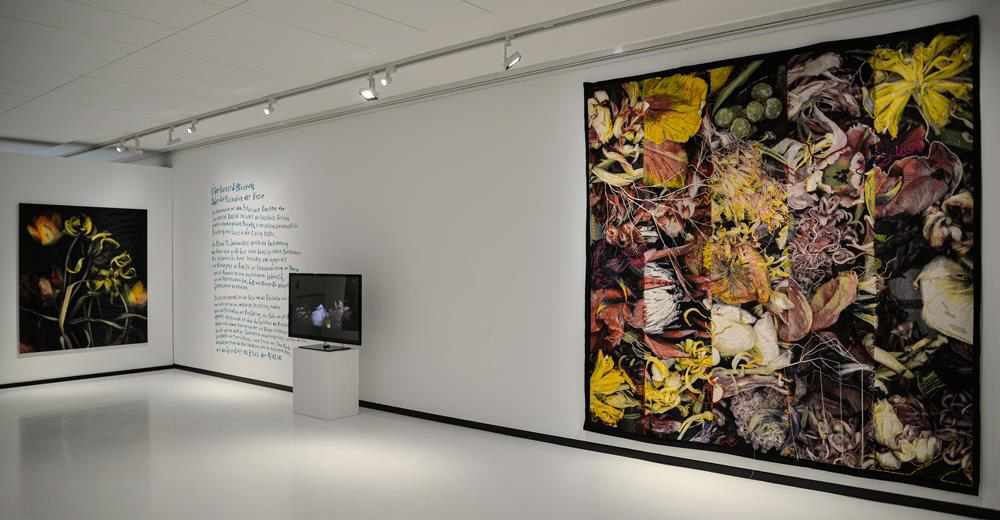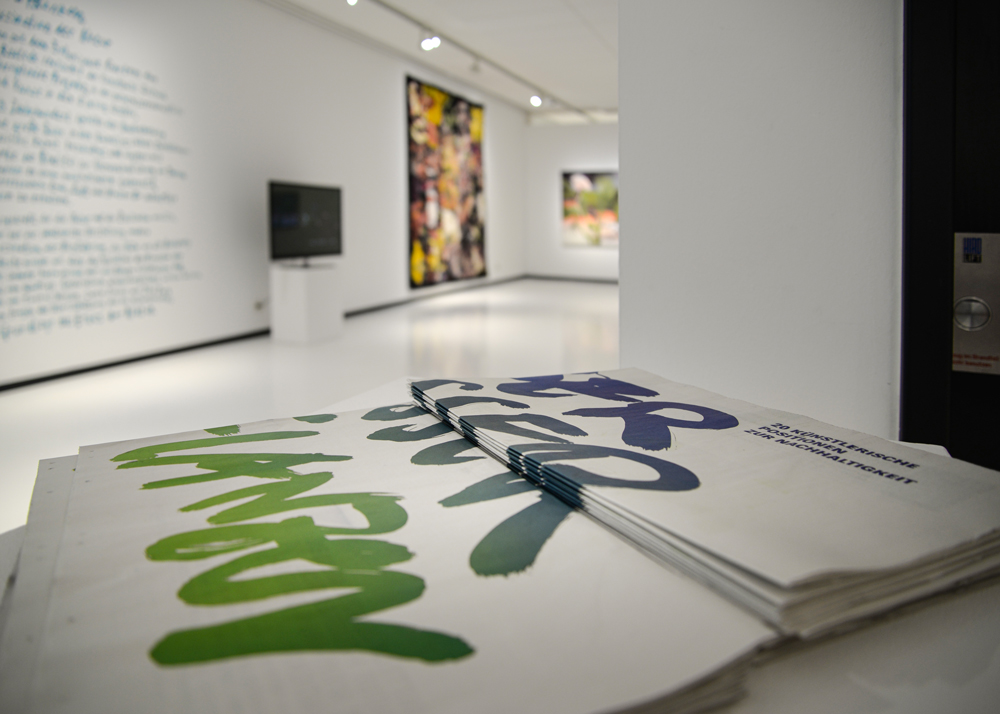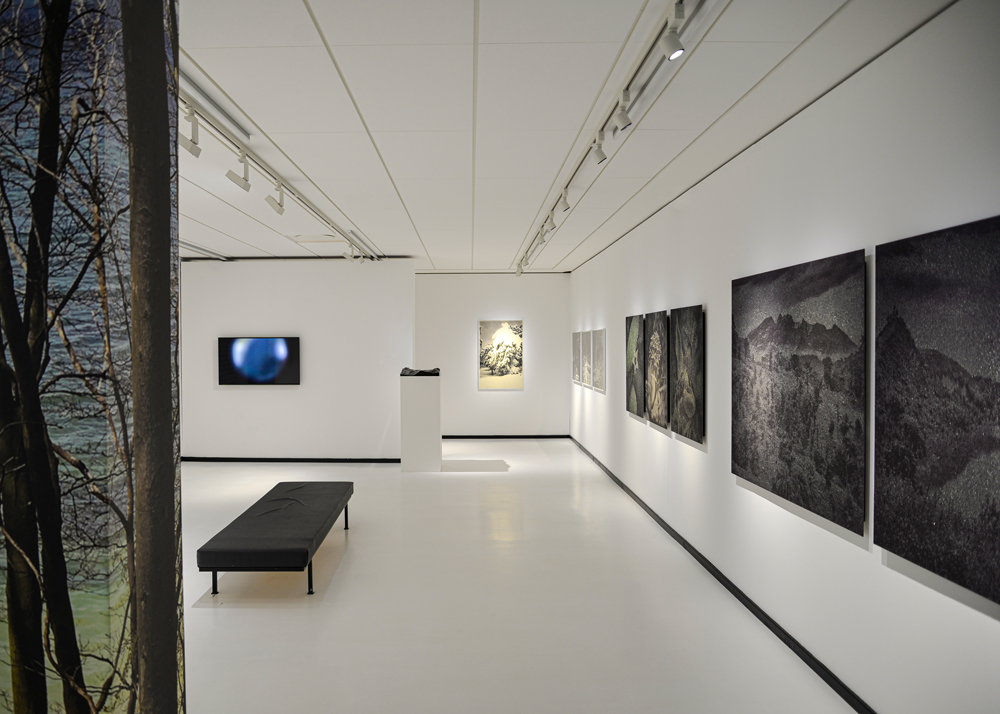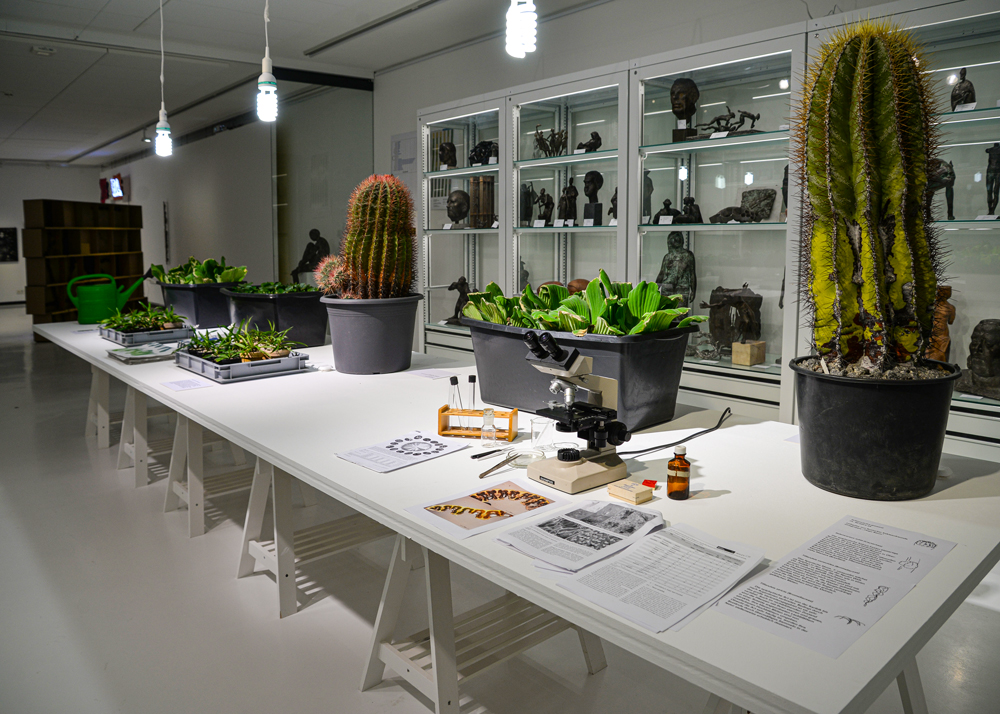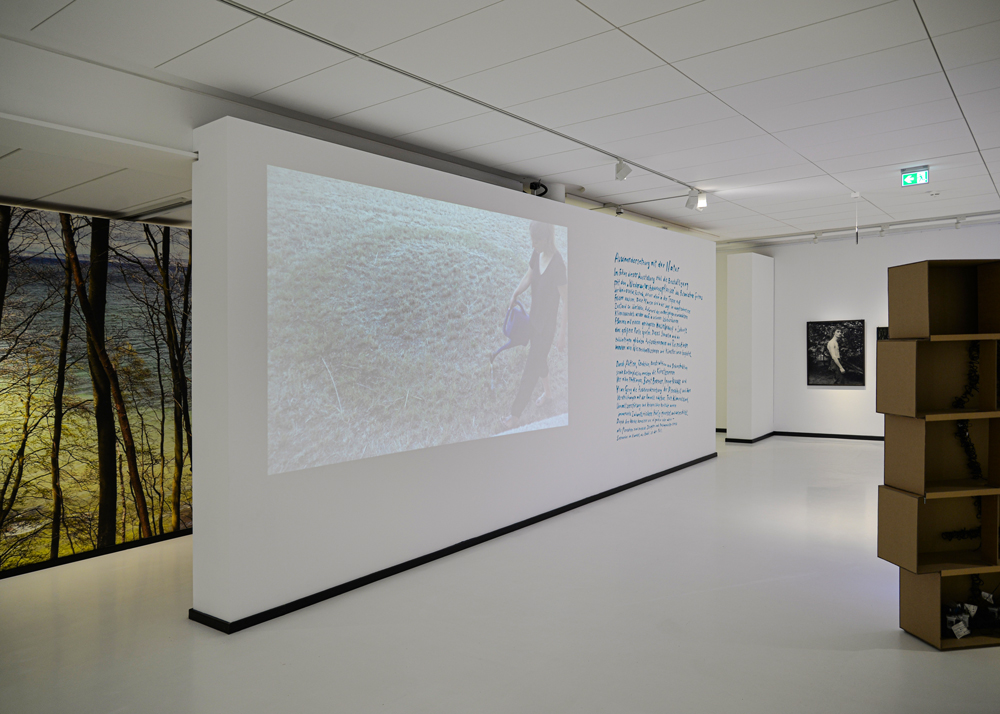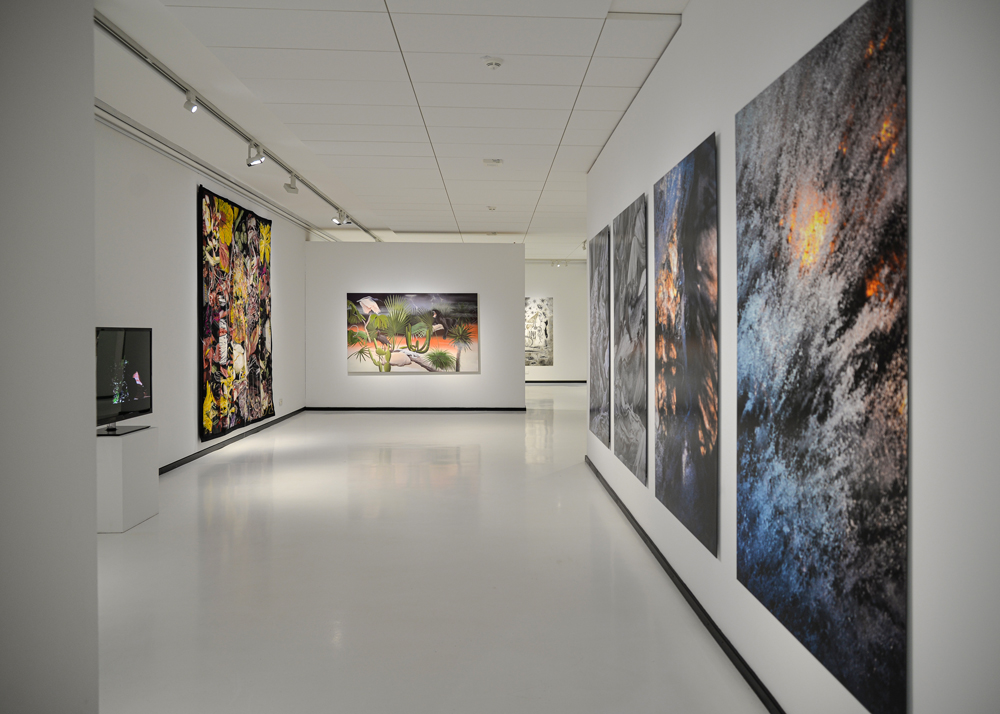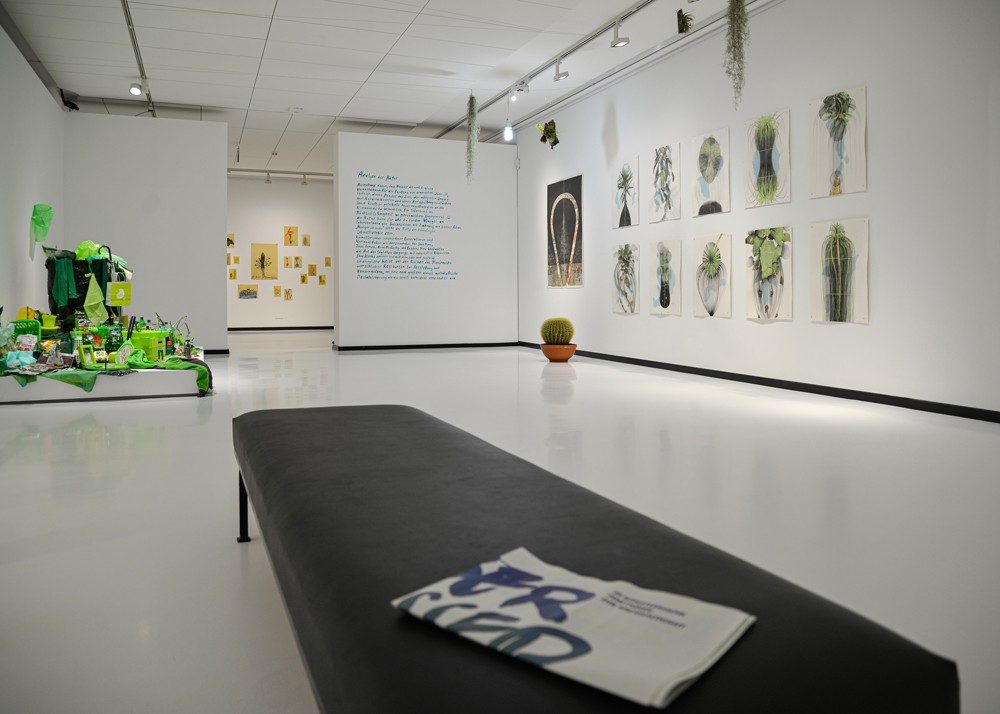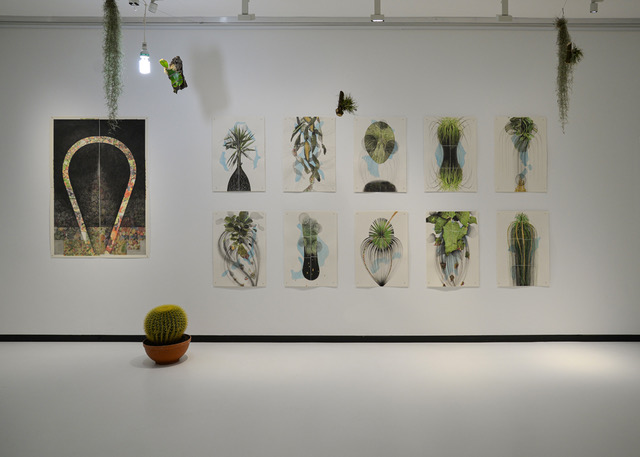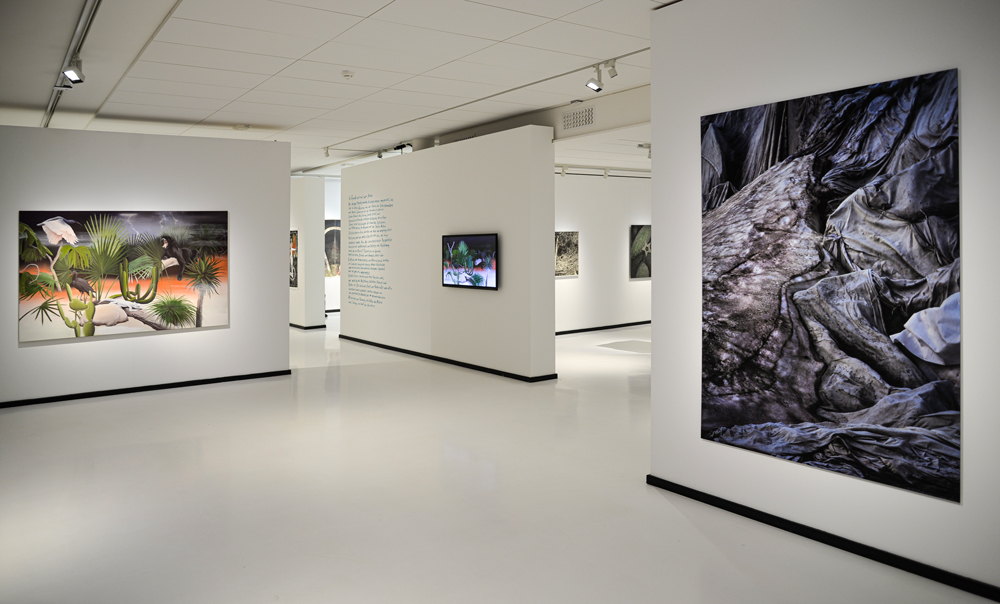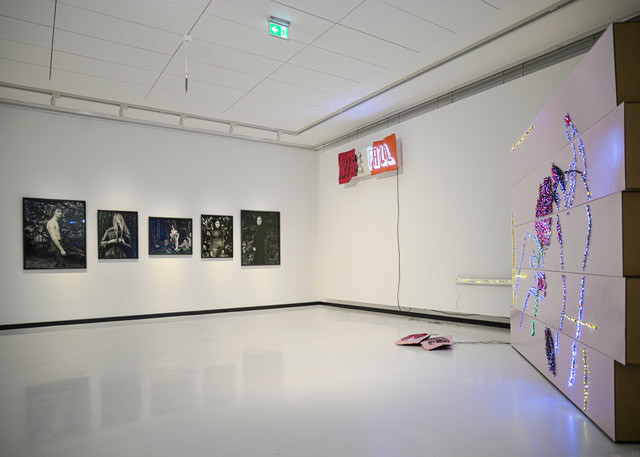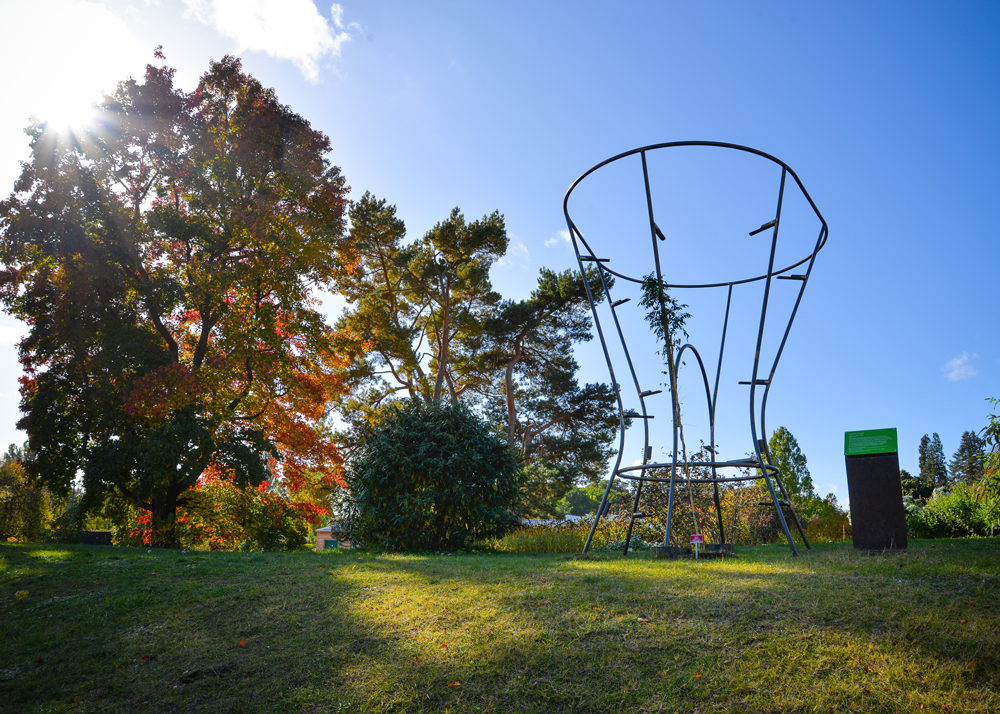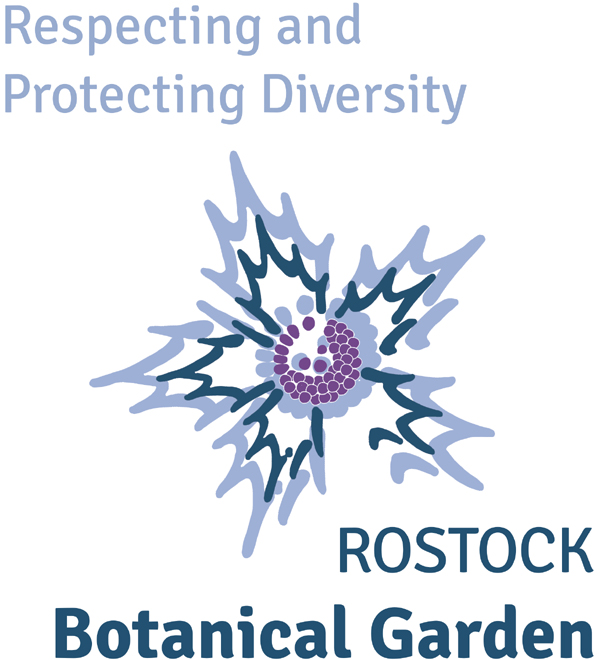About Water & Plants
Twenty artistic positions on climate change, water shortage, humans and nature, and sustainability in Rostock Art Museum with loans from the Botanical Garden
In October and November 2022, Rostock Art Museum carried out an interdisciplinary exhibition project together with the Botanical Garden, bringing arts to enter into a dialogue with scientific research. Proceeding from the fact of water being the indispensable precondition for the presence of life, the project aims to strengthen appropriate ways of dealing with natural resources, in particular water, and their appreciation, and to highlight potential future strategies of adaptation to climate change.
The project focuses on research on desiccation-tolerant "resurrection plants" that mainly grow on rocks in the tropics. These Higher Plants are capable of enduring long periods in a virtually desiccated state of only 5% water content. The Department of Botany does research on drought-resistant vascular plants in Africa, Asia, and South America to become able in the future to transfer the capability of desiccation-tolerance onto useful and ornamental plants to make them become less vulnerable to droughts. Also in urban environments plants with lower water requirements will play a major role due to climate change. The predicted smaller supply of water will have visible consequences on the environment of all humans such as decline of groundwater tables, drying out of water bodies, and wildfires.
In the 18th and 19th centuries, reproduction of nature played a major role in artistic presentations. Contemorary art, though, deals with reproduction of reality for visualizing subjects and as a roadmap for a more sustainable way of life in order to conserve the natural resources soil, air, and water to future generations. The curator of the art museum, Tereza de Arruda, has invited 20 international artists to this project to deal in their œuvres with nature, natural elements and their symbiosis with mankind. They represent different cultures and ethnic groups, that essentially follow a certain spirituality, mythology and technology in dealing with nature. The exhibited works are installations, objects, paintings, drawings, photography, NFTs, video works, and site-specific works by Eva & Adele, Francisco de Almeida, Birgit Brenner, Caetano Dias, Jaider Esbell, José Gomes, Yuan Gong, HAP Grieshaber, Rhys Himsworth, Sandra Vásquez de la Horra, Han Seok Hyun, Ingar Krauss, Anna McCarthy, Giacomo Orth, Jina Park, Veronika Pfaffinger, Luzia Simons, Vivan Sundaram, Armarinhos Teixeira and Thomas Wrede.
Opposite to the Loki-Schmidt greenhouses, the sculpture Biological Station by artist Armarinhos Teixeira has been installed, intended to represent a rescue station for flora and fauna in the coming years. This station will lead to the establishment of a human-made biological institution for the protection of biodiversity in the wake of nature. The station is the first of a series intended to be installed in various biomes around the world. The artist's video is to give us an idea.
The installation is part of the exhibition About Water & Plants by Rostock Art Museum and proposes to identify areas around the world in need of protection and conservation studies, linked to the emerging biomes and morphology. It is part of the work Biomas (Biomes) aiming to draw attention to the fact that conservation of biomes and discussion about sustainability should not take place without interaction of science and art. It illustrates the vast expanse of Bio Art through visual and sonic means that take people to the original context of different Brazilian and German biomes, known for their size and diversity. Through visual and immersive means, visitors are confronted with the original and different habitats of these two countries that, despite their peculiarities, have the same requirements.
The artist Armarinhos Teixeira was born in 1974 in São Paulo where he is living and working. In his works he idealizes the exploration of aesthetics and sustainability to show how artistic practices do contribute not only to the conservation of the planet but also to its understanding. The sculpture was realized with support by the Instituto Iadê de Arte e Design (Iade) and ORION-E Sustainable Energy in São Paulo, Brasil.

